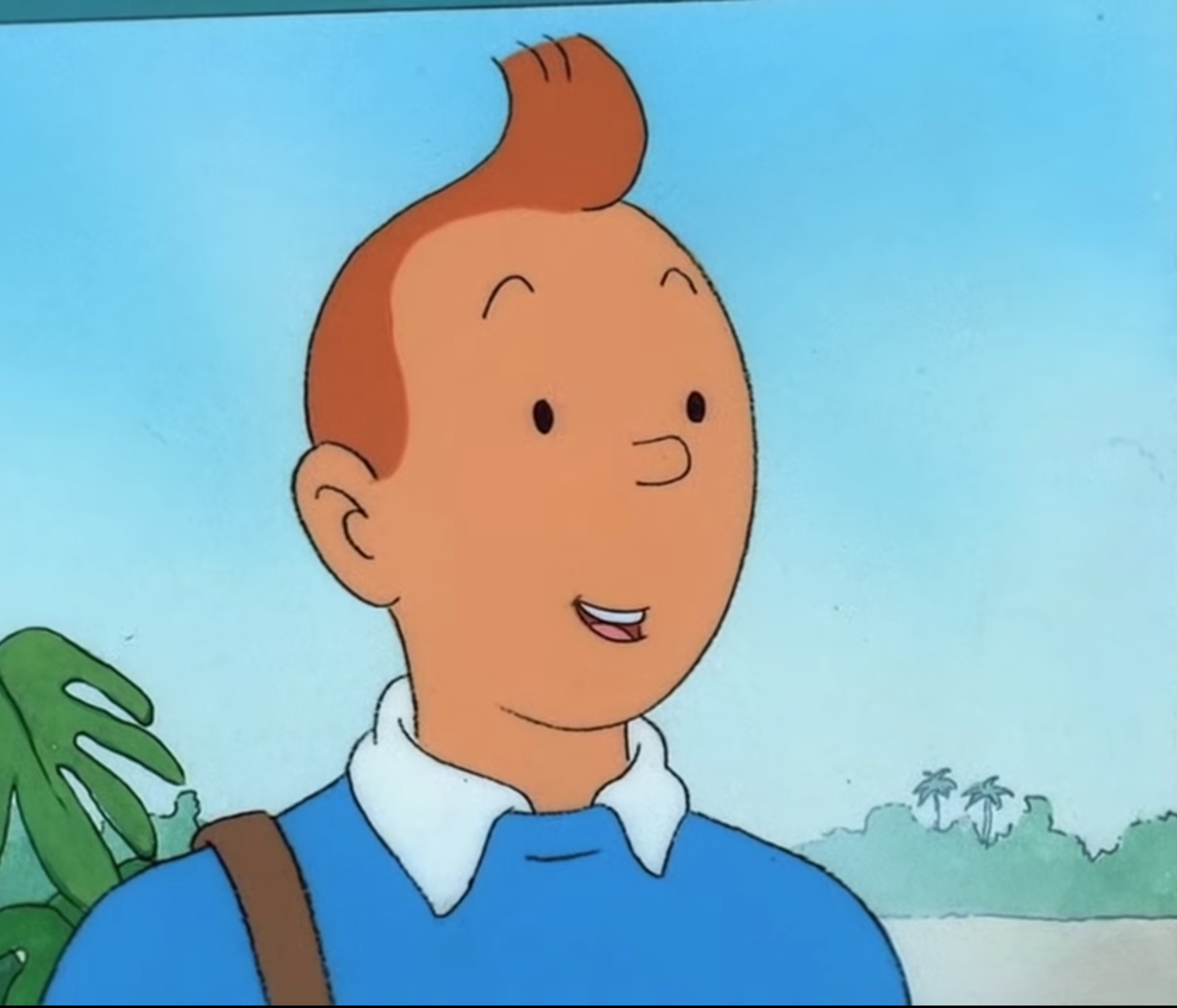

Some examples of these changes included toning down the high amount of violence, death, and the use of firearms in many adventures.
THE ADVENTURES OF TINTIN ANIMATED SERIES SERIES
Nevertheless, this series was far more faithful to the books than the earlier Hergé's Adventures of Tintin, which was made from 1959 to 1963. Changes from the booksĬertain aspects of the stories posed difficulties for the producers, who had to adapt features of the books for a younger audience. It was filmed with English language narration, but all visuals (road signs, posters, and settings) remained in French. However, later televised episodes, such as the "Moon Story" and " Tintin in America," clearly demonstrated the artists' development during the course of the production of the television series. In the books, the images had been drawn over the course of 47 years, during which Hergé's style developed considerably. The rocket seen in the title sequence is animated using the same 3D techniques.Īrtistically, the series chose a constant style, unlike in the books. Each frame of the animation was then printed and recopied onto celluloid, hand painted in gouache, and then laid onto a painted background.

In the episodes "Destination Moon" and " Explorers on the Moon", 3D animation was used for the moon rocket-an unusual step in 1989. The series used traditional animation techniques and adhered closely to the original books, going so far as to transpose some frames from the original books directly to screen. The series' writers included: Toby Mullally, Eric Rondeaux, Martin Brossolet, Amelie Aubert, Dennise Fordham, and Alex Boon. Philippe Goddin, an expert in Hergé and Tintin, acted as a consultant to the producers. It was the first television adaptation of Hergé's books since the Belgian animation company Belvision was responsible for Hergé's Adventures of Tintin Twenty years earlier. It was produced by Ellipse (France) and Nelvana (Canada) on behalf of the Hergé Foundation. (Hudecki was the primary director, but could not be credited as such due to co-production restrictions). The television series was directed by French director Stephen Bernasconi, with Peter Hudecki as the Canadian unit director. HBO, PBS, ABC, Cartoon Network & Jetix (United States)
THE ADVENTURES OF TINTIN ANIMATED SERIES MOVIE
Both Winnie the Pooh (the movie simply with that title, that is) and The Adventures of Tintin were released in theaters in 2011.And soon Tintin will have new adventurers coming soon.

Tintin's creator died in 1983, yet his creation remains a popular literary figure, even featured in a 2011 Hollywood movie. Although it's possible that as a child I imagined myself in the role of a sort of Tintin." - Hergé " The idea for the character of Tintin and the sort of adventures that would befall him came to me, I believe, in five minutes, the moment I first made a sketch of the figure of this hero: that is to say, he had not haunted my youth nor even my dreams. Combined with Hergé's signature ligne claire ("clear line") style, this helps the reader "safely enter a sensually stimulating world." Unlike more colourful characters that he encounters, Tintin's personality is neutral, which allows the reader to not merely follow the adventures but assume Tintin's position within the story. He is a reporter and adventurer who travels around the world with his dog Snowy.

Tintin is a fictional character and the primary protagonist in The Adventures of Tintin, the comics series by Belgian cartoonist Hergé.


 0 kommentar(er)
0 kommentar(er)
